Scarves
Silk, chiffon, wool, cashmere, wool, acrylic, cotton, linen, mohair, modal, polyester, and other materials can be used to make scarves. Wool, cashmere, and silk are the most popular materials. The supplier of scarves for women has a large selection.
Because there are so many different types of scarf materials, many people find it difficult to choose one, therefore I made the decision to describe the traits of various fabrics and care techniques. Today, the scarf company will discuss silk and chiffon textiles. Put the two textiles together for investigation as they are so similar.
Different scarf materials with their advantages and disadvantages: 13 Types of Scarf Fabric
The oldest and newest fashion trend, scarves have advanced significantly. Making the appropriate fabric selection for your scarf can make or break the rest of your outfit.
Not only can scarves be used to complement any outfit, they can also be used to create a statement if you’re wanting to easily and affordably style your clothing. The 13 most popular scarf materials are included in the list below.
- Cotton Scarf
In a cotton scarf, cotton makes up a large portion of the fabric while a binding thread makes up a smaller portion. Due to its airy fabric, scarves are typically appropriate for all types of weather. Despite not having the smoothest texture, they are quite comfortable to wear.
Cotton scarves cause the least degree of skin irritation because they often blend in with the skin and create little abrasion.
Style options include a variety of dresses and jeans.
Since cotton is a natural material that requires more labor to produce, the price range is a little higher.
- Net Scarf
Net scarves, which gained popularity in the 1920s, weren’t designed to keep you warm. They were immediately considered a trendy item. These scarves frequently have two different sorts of fibers.
You get a stiffer-looking scarf with nylon that retains some of its shape.
A scarf made of polyester is smoother and easier to twist and turn.
Since scarves must be twisted or wrapped around the neck, it is advised that softer net be used. It is preferable to use a fiber that is easier to maintain. The evening’s preferred scarf material is net, which is reserved for formal occasions.
- Wool Scarf
After a laborious thread-making procedure that consumes time and effort but yields a quality product, wool is harvested from mammals, typically sheep.
Wool is renowned for its coziness and warmth around the world. It is a fantastic complement to cold-weather attire.
Although most of the time the threads are not abrasive, skin discomfort is possible. Since wool is a natural fiber, most individuals can safely use it.
- Cashmere Scarf
Cashmere is renowned for its elegance and charm.
It is soft yet sturdy, fluffy yet solid, and warm without overheating or making you perspire. These are just a few of cashmere’s wonderful characteristics.
It is a beloved fabric, especially for scarves, due to its scarcity. The cashmere goats located in China and Mongolia provide the fiber for cashmere.
The animal is kept warm during the harsh winters thanks to this covering. A silky-smooth fabric with a particularly opulent feel is cashmere.
Since it is not a bulky piece of fabric, it is also quite simple to carry. Its nonabrasive nature is also advantageous for sensitive skin. The price of genuine cashmere is reasonable.
- Pashmina scarf
Cashmere is the primary raw material for pashmina, although on its own, it is a completely separate fabric. Pashmina is lighter, smoother, and softer than cashmere, which has a smooth yet wooly feel. In the past, a full scarf would be passed from a ring to examine the silkiness and smoothness of a pashmina.
The world over, pashmina is admired for its delicate texture and versatility in both formal and casual settings. Don’t let a pashmina scarf’s dainty appearance fool you; it can keep you warm in chilly weather without making you feel claustrophobic or suffocated. Due to its warm yet breathable nature, it is a highly desired fabric and produces a fantastic scarf for the neck and shoulder. Due to its warmth and breathability, it is a highly sought-after material and works particularly well as a scarf for the neck and shoulder region.
- Silk scarf
Silk scarves are typically used in upscale settings and when it is cold outside and you want to stay warm.
Although silk is less breathable than cotton, it retains your skin’s and hair’s natural hydration.
Although costly because of the time-consuming worm breeding and thread extraction process, many customers choose pure silk since it is hypoallergenic. Because of its slick feel, a silk scarf can be challenging to handle, yet it looks great with both formal and casual ensembles.
Features: Silk fiber provides 18 different types of essential amino acids for humans, which are also found in human skin. Therefore, “second skin” has a name in human language. Wearing silk boosts the life of skin cells on the surface, promotes the metabolism of skin cells, and has a good auxiliary therapeutic impact on several skin illnesses in addition to blocking UV radiation, preventing harmful gas from invading, and resisting harmful germs. It also has the function of regulating body temperature and moisture because of the unique hygroscopicity and gas permeability.
Identification:
- Using a visual method plus a handshake
(1) The silk has a delicate shine and a pearly luster upon visual inspection. The chemical fiber cloth doesn’t have a smooth, brilliant, or blinding texture.
(2) Wool fibers are curled, cotton fibers are short, and silk fibers are thin and long. The chemical fiber is uniformly distributed.
(3) Using your hands to feel: Silk is close to the skin and soft to the touch.
- Combustion technique
(1) Silk burns with a flaming feather, is difficult to keep burning, and self-extinguishes. Ash is fragile, crumbly, frothy, and dark.
(2) There is a chemical smell of burnt paper when rayon (viscose fiber) is burned. Fuel moves very quickly. With the exception of a small bit of grayish black ash, the ash is completely ashless.
Classification: According to the fabric’s structure, the ratio of warp to weft, the method of processing, and the shape of the silk surface, silk fabrics are categorised into 15 categories. The following are the most typical ones:
- Satin: Use a smooth, lustrous cloth with a satin texture.
- Brocade: Use delicate and vivid yarn-dyed jacquard fabric, satin, and twill weave.
- Silk: The warp and weft are tightly woven whether using a plain weave or a different structure.
Maintenance:
1- Washing
- Sweaty silk clothes should be washed right away or soaked in water, but not in hot water that is 30 degrees or higher;
- Dark clothing or silk materials should be washed separately from light colors and shouldn’t be soaked for too long;
- Use acidic or light alkaline detergent while washing silk, preferably along with a silk-specific detergent;
- Hand washing is recommended rather than vigorous rubbing or brushing. After a quick rub, clean water should be sprinkled on it. Dry it in the shade after using a towel or your hands to gently press out the water;
2- Drying
After being washed, silk garments shouldn’t be dried in the sun or using a dryer. Typically, it should be dried in a cool, airy location. Because silk cloth easily turns yellow, ages, and fades when exposed to the sun’s ultraviolet rays. Therefore, it is not suggested to twist the water after washing silk clothing. After the other side has been spread out and dried to 70% dryness, it should be gently shaken before being either ironed or shaken.
3- Ironing
Dry the clothing 70% before evenly misting it with water to iron. Wait three to five minutes before ironing. It is recommended to keep the ironing temperature below 150 °C. To prevent the aurora, it is not advisable to press the iron directly.
Storage: Wash, iron, and then gather items like pajamas, thin underwear, shirts, slacks, and skirts that are made of silk. To avoid mold and sputum, it is best to dry clean and iron the autumn and winter clothing, kneading, and cheongsam that is difficult to wash and dry. It can also help with insect control and sterilizing after ironing. In order to minimize dust pollution, clothing storage containers such as boxes and cabinets should be kept as dust-free as possible.
- Linen Scarf
One of the coziest materials, highly prized for its drape and fall.
The impact of linen is that it is flowing but yet maintains its shape; it doesn’t necessarily make you shiver in the cold or perspire profusely in the heat.
The usage of linen can be simplified by using plain, solid colors, or it can be printed to provide a distinctive touch to a style.
The scarf can be accented with embroidery or even embellishment to give it a more regal appearance.
Additionally, because linen is breathable, lightweight, and fluttery while still staying in place, it is always simple to manage the scarf.
- Satin Scarf
The most opulent fabric that has ever existed is satin.
With all of its associations with evening dress, it holds a special place in everyone’s heart. With Satin all around, one is certain to be reminded of luxury and the better things in life.
Satin scarves are frequently dyed in vivid colors and have the most vivid designs on them because it maintains color very well and makes it pop. Similar to silk, satin is good for skin and hair. It keeps your skin and hair silky and is well renowned for its ability to trap in moisture. If you use a satin scarf frequently, it can improve the texture and softness of your skin and hair.
- Velvet Scarf
Velvet is a heavy winter-appropriate fabric. One of its sides is plain and rough, while the other is plain, plush, and slightly fuzzy.
Velvet is a luxurious fabric with a high cost. Even though velvet has been a popular fabric throughout history, it is generally an inappropriate choice for scarves.
It is important to realize that a scarf requires a pliable material that is simple to fold, twist, twirl, and tie.
Since velvet has a distinct character of its own and is more difficult to work with to get your desired style, shape, and form, this is no longer an option.
- Alpaca Scarf
By gently cutting the wool from alpacas using scissors, alpaca cloth is extracted. One of the smoothest animal-derived fibers available, alpaca is often more soft than wool.
Because of their lightweight warmth, alpaca scarves are in high demand during the winter. They naturally retain body heat, making them significantly more pleasant to wear while also being warmer than wool. However, alpacas are not climate-specific.
Additionally, it keeps the user cool during the summer. It is an animal-derived textile that is breathable and has steadily gained popularity for scarves.
- Viscose Scarf
Viscose, which is similar to linen but smoother and silkier appearing, is a lightweight fabric that traps heat. Viscose most likely appears like linen if it has a shiny sheen. Due to the fact that it is created from pulped wood, it is generally available.
Typically, materials that can keep some form, aren’t very stiff, are pleasant to wear, and have a flowy finish are most suited for this scarf material. All of the criteria are met by viscose. Viscose, one of the most economical textiles, blends the satin’s glossy sheen with cotton’s permeability to produce a material ideal for scarves.
- Chiffon Scarf
One of the most traditional accessories that may be worn in a wardrobe is a chiffon scarf.
It is famous for its lovely see-through texture, which results from the way the yarns are layered, and is used in millions of scarves all over the world.
Cotton is frequently used to make chiffon, however rayon can also be utilized. For that matter, one may describe it as a glorified cotton scarf. Although it doesn’t always keep you warm in the cold, chiffon does manage to trap some heat inside. It is comparable to loosely woven silk or satin. While achieving the satin or silk look, it is economical.
Features: Georgette has a light and transparent texture that is soft and elastic, as well as a light and elegant appearance. It is stylish and comfy to wear and has superb drape and breathability. The thickness, quantity, twist, and density of the warp and weft are the primary determinants of the georgette’s lightness, weight, thickness, thinness, transparency, and curling effect. Georgette can be used to create women’s dresses, elegant evening gowns, headbands, royal lanterns, and other items. It is a spun material used in silk goods. The material is thin, transparent, plush, and stylish. The name is a transcription of the French word CLIFFE, which denotes a transparent and light cloth.
Classification: It can be classified as silk chiffon, synthetic chiffon, or polyester chiffon according on the raw materials used. Its material is chiffon as well. Varied basic materials result in quite different textiles. The feel and texture are very dissimilar. Far, therefore the price disparity is also quite substantial.
Utilize: Please utilize dry cleaning if the circumstances allow.
If you decide to wash your hands, be sure to clean the scarf with a specialized detergent. Use of force, smashing, or screws is not advised while washing. You should dry it in a cool, well-ventilated area after washing. Don’t forget to keep it out of the sun. Use neutral or hardly acidic detergents when cleaning (such as shampoos, shower gels, etc.).
- Acrylic Scarlet
Acrylonitrile is the source of the fibers used to make acrylic fabric. Despite being man-made, it makes a suitable substitute for wool. Its ease of accessibility also contributes to its affordable price. Acrylic scarves are fantastic because of how well they hold various colors of thread and how each one stands out on its own while remaining a cohesive whole.
Although it may not be as fine as wool, it does a great job of keeping you warm. Although it is smooth, it is not as smooth as natural fibers. It works pretty well as an everyday scarf because it is quite wrinkle and stain resistant.
The Most Common Questions Regarding Scarf Materials
- What kind of fabric works best for scarves?
The ideal scarf material should have a few characteristics, including a nice, comfortable feel, the ability to prevent allergies, being lightweight, and having a nice, flowy texture. You’ve won if your scarf material accomplishes that.
- What components make up scarves?
Although a variety of materials are typically used to make scarves, cotton, silk, and wool are the most popular. These are simple to fold and twist, making them excellent styling accents.
- What varieties of scarves are there?
Scarves come in a wide variety of styles. Some are for the beach, some are used as ornaments for gowns and dresses, while others are used to cover the head. Some are worn around the neck to keep warm, while others are wrapped around the shoulders.
- What kind of scarf material is the softest?
Your personal selection will choose the softest scarf material. It can have a more wooly texture, in which case pashmina is your best pick, or it can have a silk or stain texture, which is both soft and thin.
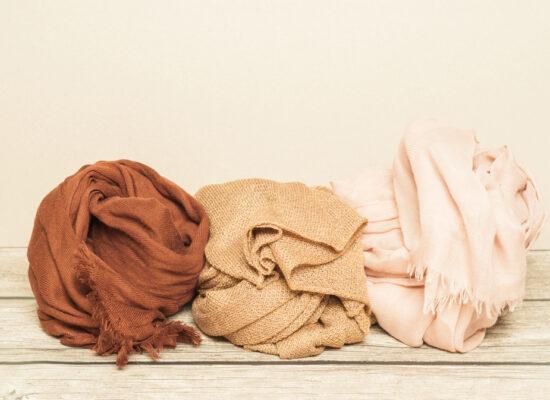
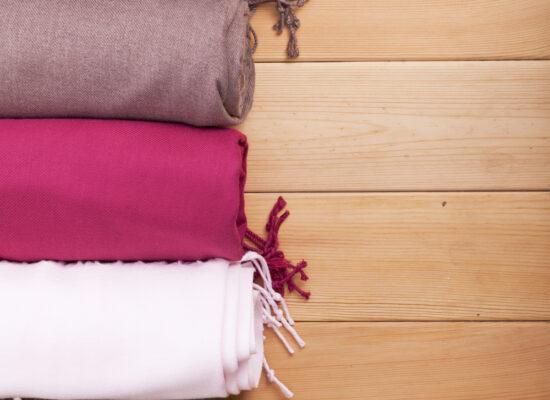
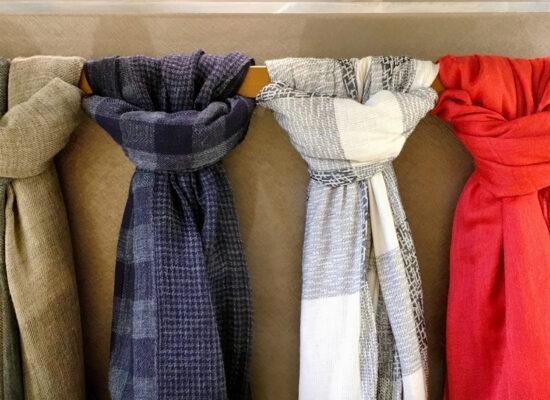
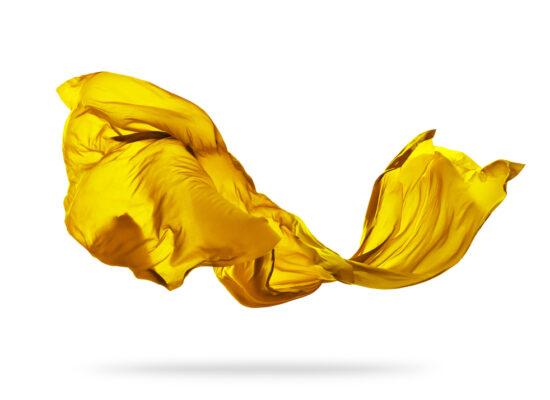
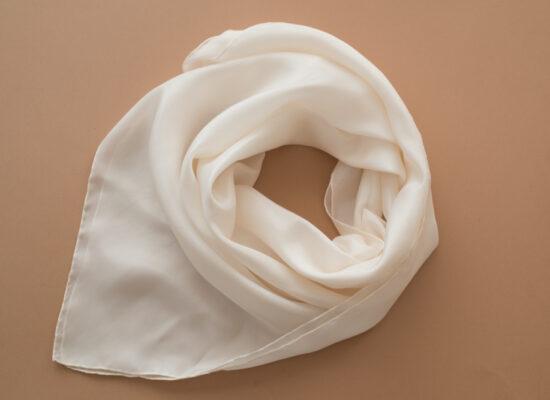
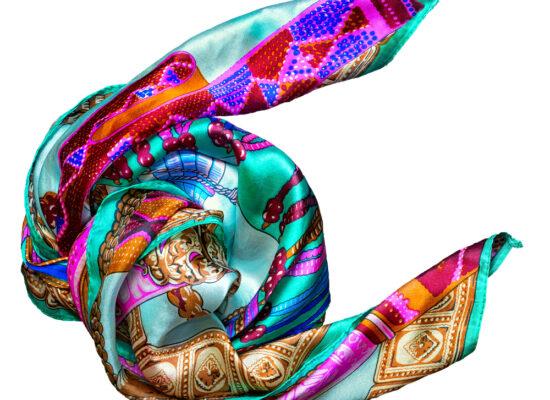
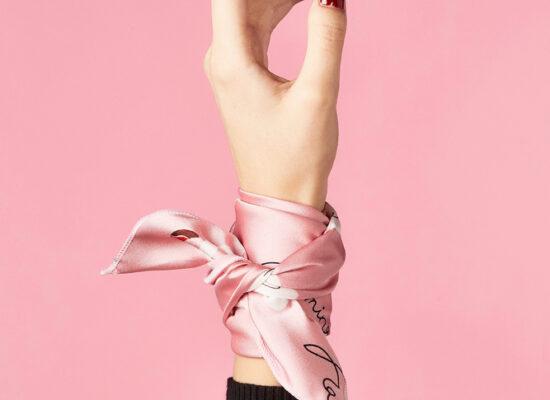
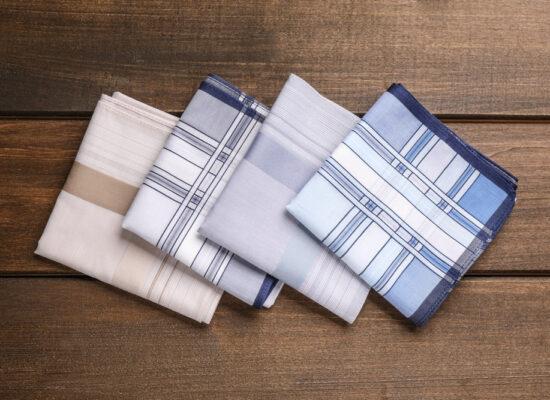
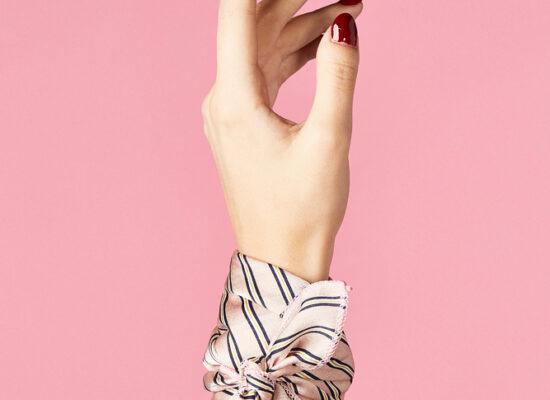
© Arbemu. All rights reserved